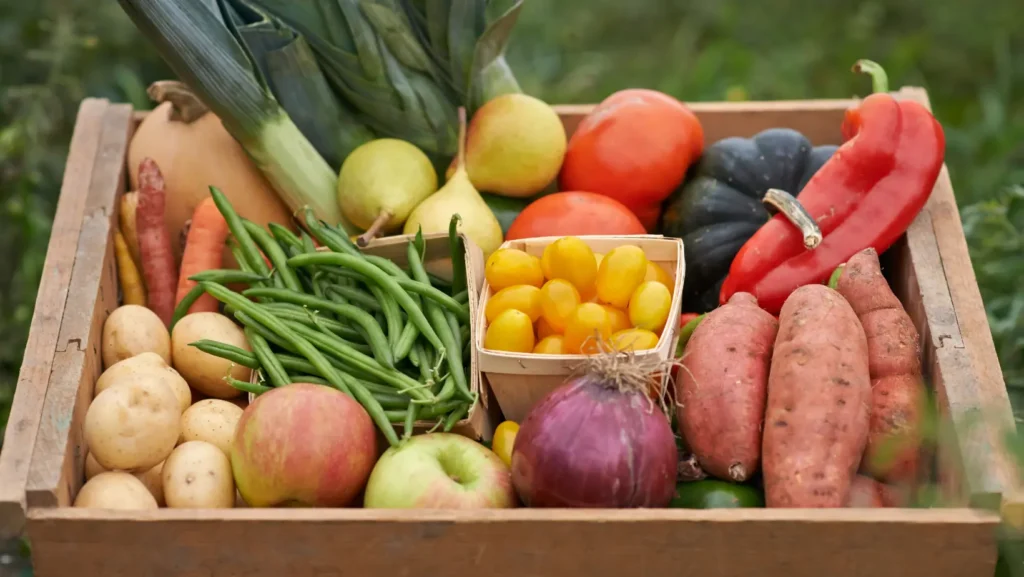Harvesting Health: A Guide to Eating Seasonal Foods

In a world where grocery store shelves are stocked with produce from every corner of the globe year-round, reconnecting with the rhythm of the seasons can be a transformative journey for both your health and the environment. Eating seasonal foods not only ensures a diverse and nutrient-rich diet but also supports local agriculture. In this blog, we explore the benefits of consuming seasonal foods and offer practical tips on how to embrace the delicious and nutritious bounty each season brings.
The Benefits of Eating Seasonal Foods:
- Nutrient Density: Seasonal foods are harvested at their peak, meaning they boast higher nutrient levels. Fresher produce not only tastes better but also provides your body with a more concentrated dose of vitamins, minerals, and antioxidants.
- Flavorful Delights: There’s a certain magic to the taste of a ripe, in-season fruit or vegetable. Eating foods when they are in season ensures that you experience their full, natural flavor, enhancing your culinary adventures.
- Environmental Sustainability: Consuming seasonal foods often means supporting local agriculture, reducing the carbon footprint associated with transporting produce over long distances. This eco-friendly approach contributes to a more sustainable food system.
- Cost-Effectiveness: Seasonal produce is typically more abundant and less expensive as it is readily available. Incorporating in-season foods into your diet can be a budget-friendly way to enjoy a variety of fresh and nutritious options.
Practical Tips for Eating Seasonal Foods:
- Explore Local Farmers’ Markets: Farmers’ markets are treasure troves of seasonal delights. Visit your local market to discover what’s in season in your region. Engage with local farmers to gain insights into the best ways to enjoy their produce.
- Stay Informed About Seasonal Produce: Keep a seasonal produce calendar or use online resources to stay informed about what fruits and vegetables are in season each month. This knowledge empowers you to make informed choices while planning your meals.
- Join a Community Supported Agriculture (CSA) Program: CSA programs connect consumers directly with local farmers. By joining a CSA, you receive a regular share of the farm’s harvest, enjoying a variety of seasonal produce while supporting local agriculture.
- Embrace Food Preservation Techniques: To enjoy the flavors of the season beyond their peak, consider exploring food preservation techniques such as canning, freezing, or drying. This way, you can savor the goodness of seasonal produce throughout the year.
- Seasonal Meal Planning: Adjust your meal plans based on what’s in season. Experiment with new recipes that highlight the flavors of seasonal ingredients, creating a culinary experience that aligns with the time of year.
- Connect with Seasonal Eating Challenges: Many communities and online platforms host seasonal eating challenges. Participating in these challenges can provide inspiration, community support, and creative ideas for incorporating seasonal foods into your diet.
Conclusion:
Eating seasonal foods is a journey that not only nurtures your well-being but also fosters a deeper connection with the natural world and local communities. Embrace the flavors of each season, celebrate the diversity of your plate, and savor the benefits of a diet that harmonizes with the rhythm of the harvest. By choosing seasonal foods, you’re not just nourishing your body; you’re also contributing to a healthier, more sustainable food ecosystem for generations to come.


